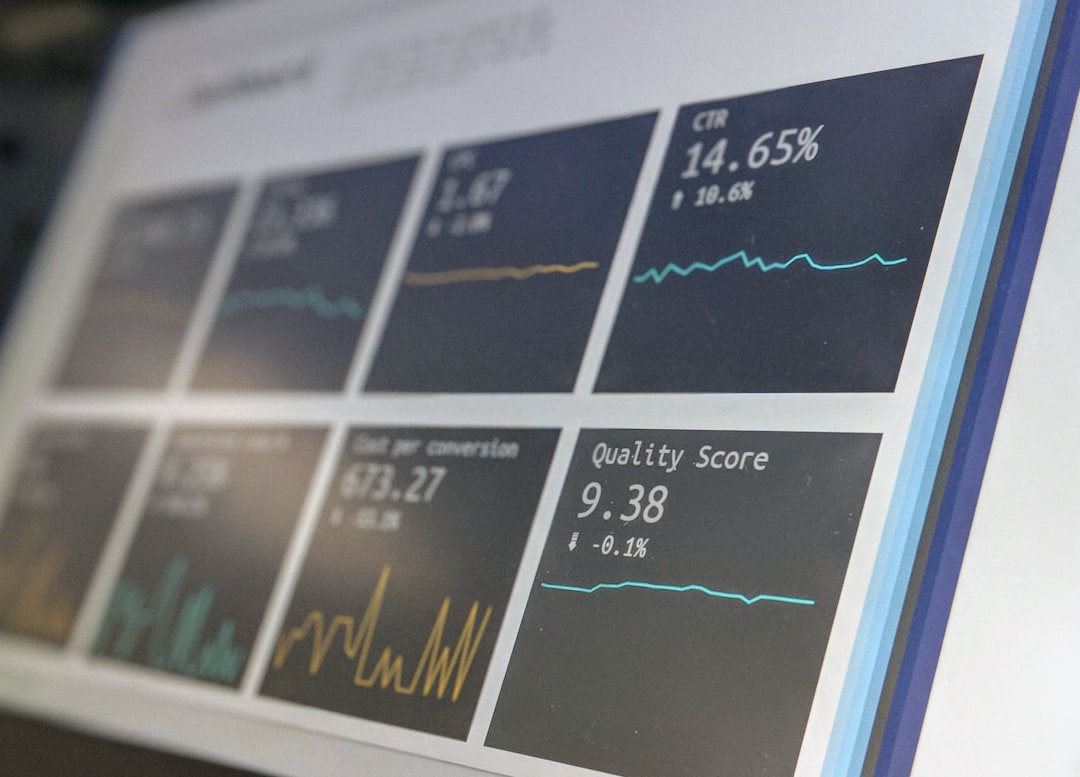
Statespecific JavaScript Generator for Ancillary Data Analysis
The digital landscape continues to evolve, and so does the need for more tailored and efficient data analysis tools. Among these, the Statespecific JavaScript generator has emerged as a powerful solution for ancillary data analysis. This article delves into the significance, current trends, and practical applications of this tool, aimed at developers and analysts looking to enhance their capabilities.
What is a Statespecific JavaScript Generator?
A Statespecific JavaScript generator is a specialized tool that allows developers to generate JavaScript code tailored to specific states or regional data. This capability is crucial in ancillary data analysis, where localized insights can significantly impact decision-making processes. By generating state-specific outputs, businesses can create more personalized experiences and derive actionable insights from their data sets.
The Importance of Ancillary Data Analysis
Ancillary data analysis refers to the examination of supplementary data that supports primary data. In today’s data-driven environment, organizations are increasingly recognizing the value of such analyses. By leveraging ancillary data, businesses can uncover trends, optimize services, and enhance customer satisfaction. The integration of a Statespecific JavaScript generator into this process amplifies its potential, allowing for customized data interpretations that resonate with local audiences.
Current Developments in Statespecific JavaScript Generators
1. Increased Focus on Localized Insights
In recent years, there’s been a noticeable shift towards localized insights. Businesses are prioritizing data that reflects regional preferences and demographics. The Statespecific JavaScript generator facilitates this by allowing developers to input state-specific parameters, ensuring that the generated code outputs relevant and actionable data.
2. Enhanced Data Visualization
Data visualization plays a pivotal role in understanding complex datasets. Many Statespecific JavaScript generators now come equipped with advanced visualization libraries. This allows developers to create interactive maps and graphs that represent data trends specific to each state, thus making analyses more intuitive and engaging.
3. Integration with Popular Frameworks
The integration of Statespecific JavaScript generators with popular frameworks like React and Vue.js is becoming increasingly common. This trend helps developers seamlessly incorporate state-specific functionalities into their applications, enhancing user engagement and experience.
Practical Applications of Statespecific JavaScript Generators
Case Study: Retail Sector Optimization
A notable example of the effective use of a Statespecific JavaScript generator can be seen in the retail sector. A national grocery chain utilized such a generator to analyze buying patterns across different states. By generating JavaScript code tailored to each state’s demographic data, the chain was able to optimize inventory based on localized preferences, resulting in a 15% increase in sales.
Tool Example
To illustrate the practical application, consider the following basic code snippet that utilizes a Statespecific JavaScript generator to pull data for California:
const stateData = generateStateData('California');
console.log(stateData);This simple function call generates state-specific data, which can be expanded further based on the analysis requirements.
Expert Opinions on the Future of Statespecific JavaScript Generators
Industry experts project that the demand for state-specific data analysis tools will only grow as businesses seek more tailored insights. According to Dr. Jane Smith, a data analytics specialist, “The ability to analyze data at a granular level will be crucial for businesses looking to stay competitive in the coming years.”
Further Reading and Resources
To deepen your understanding of Statespecific JavaScript generators and ancillary data analysis, consider exploring the following resources:
- Data Visualization with D3.js
- JavaScript for Data Analysis
- Introduction to Data Analysis in JavaScript
Glossary of Terms
- Ancillary Data: Supplementary data that aids in the analysis of primary data.
- Data Visualization: The graphical representation of information and data.
- JavaScript Generator: A tool that automates the creation of JavaScript code based on specific parameters.
Utilizing a Statespecific JavaScript generator can significantly enhance your data analysis capabilities. By focusing on localized data, you can provide more personalized solutions, ultimately leading to better decision-making and increased customer satisfaction. If you found this information valuable, consider subscribing to our newsletter for more insights, and feel free to share this article with colleagues interested in enhancing their data analysis strategies.


